Have you heard about non-fungible tokens (NFTs) and wonder what they are? Now imagine a picture of a digital artwork auctioned at mind-blowing prices. For example, a digital monkey worth $50,000. Crazy right? Well, if you’re going to be investing in the 21st, understanding non-fungible tokens is key.
NFTs are an exciting new way of digital ownership. They represent a significant innovation in how digital assets are created, owned, and traded, opening up new possibilities across various industries. This article will aid you in understanding non-fungible tokens, their uses, and their impact on digital ownership.
What are NFTs and How Do They Work?
Non-fungible tokens (NFTs) are unique digital assets that represent ownership or proof of authenticity of a specific item or piece of content, using blockchain technology. NFTs are typically built on blockchain platforms such as Ethereum, Binance Smart Chain, and Flow. The blockchain records the ownership and transaction history of each NFT, ensuring transparency and security. NFTs come in the form of music, art, in-game items, videos, and more that have been tokenized via a blockchain. Tokenizing these assets reduces the likelihood of fraud while making them easily tradable.
Now, NFTs have distinct attributes that differentiate them from other tokens. First off, unlike cryptocurrencies such as Bitcoin or Ethereum, which are fungible and can be exchanged on a one-to-one basis, NFTs are unique and cannot be exchanged on a like-for-like basis. Furthermore, NFTs cannot be divided into smaller units like cryptocurrencies. They are sold and bought as whole units.
Lastly, NFTs use smart contracts to define the ownership and transferability of the token. Smart contracts are self-executing contracts with the terms of the agreement directly written into code. The value of non-fungible items is determined by the forces of demand and supply and they can be traded (bought and sold) in the same way that physical assets can.

History Of NFT
The concept of NFTs can be traced back to the introduction of Colored Coins on the Bitcoin blockchain in 2012-2013. Although some others believe that Kevin McCoy’s Quantum NFT minted May 2nd on the Namecoin blockchain is the first ever NFT. Colored Coins were essentially bitcoins with extra metadata, which could represent ownership of real-world assets like property or stocks. However, they had limited stability and functionality.
In 2017, John Watkinson and Matt Hall of Larva Labs created CryptoPunks which was considered one of the first NFT projects on the Ethereum blockchain. These 10,000 unique 24×24 pixel art characters became highly popular and set the stage for NFTs on Ethereum. Later in the year, Dapper Labs launched CryptoKitties. CryptoKitties allowed players to breed and trade unique digital cats. The game gained massive popularity, bringing notable attention to NFTs and causing congestion on the Ethereum network due to high transaction volumes.
In January 2018, the ERC-721 token standard was officially adopted on the Ethereum blockchain, providing a standardized framework for creating NFTs. This standard allowed for the representation of unique digital assets and became widely adopted. Platforms like OpenSea, SuperRare, and Rarible emerged in the same year, providing marketplaces for buying, selling, and trading NFTs. These platforms helped to build a growing ecosystem for digital collectibles and art.
The rise of Decentralized Finance (DeFi) in 2020 also saw the integration of NFTs, with projects exploring the intersection of DeFi and digital assets. This period marked increased experimentation and innovation within the NFT space. Artists, celebrities, and major brands began to take notice of NFTs. Notable figures like NBA player Spencer Dinwiddie and musician 3LAU launched their own NFT projects, bringing mainstream attention to the space.
The NFT market witnessed explosive growth in 2012. High-profile sales, such as Beeple’s “Everydays: The First 5000 Days” auctioned at Christie’s for $69.3 million, captured global headlines. NFTs expanded beyond digital art and collectibles to include music, virtual real estate, fashion, and more. Major brands like Nike and Gucci entered the NFT space, launching their digital products. The introduction of the ERC-1155 standard allowed for more flexible and efficient management of multiple token types, further enhancing the capabilities of NFTs. New platforms and marketplaces continued to emerge, catering to different niches and audiences.
From 2022, major companies, including traditional auction houses like Sotheby’s and Christie’s, as well as tech giants like Meta (formerly Facebook), explored or integrated NFTs into their offerings. The NFT space saw ongoing innovation, with projects exploring areas like gaming, virtual worlds, identity verification, and decentralized social networks. The concept of “metaverse” gained traction, with NFTs playing a crucial role in digital ownership and interoperability.
What are NFTs Used For?
NFTs are tokens that represent ownership of unique items. These tokens allow their creators to tokenize items such as art, collectibles, and even real estate. NFTs have a wide range of applications across various industries, leveraging their unique characteristics and blockchain technology. Here are some common uses for NFTs:
Digital Collectible
NFTs provide a way to verify ownership and authenticity of digital artworks. If you create a digital collectible, you can create a unique token associated with the asset on a blockchain platform. Virtual trading cards, digital pets, music and music videos, virtual clothing and accessories, and other collectibles can be tokenized using NFTs. Opensea and Rarible are platforms where digital collectibles can be sold. NFTs also ensure the rarity and uniqueness of these digital collectibles.
Virtual and Fractional Real Estate Investing
NFTs can represent ownership of virtual land and properties in virtual worlds such as Decentraland and Cryptovoxels. Owners can develop, lease, or sell their virtual properties using NFTs. Investors can also use NFTs to own fractions of real estate, which is called fractional investing. Fractional investing is becoming more attractive to investors since it lets you invest in a high-value asset like real estate without breaking the bank.
Collect Fine Art
Non-fungible tokens can be used to represent physical works of art. Artists can create NFTs associated with the artwork and sell them directly to collectors without needing a third party. NFTs are designed in such a way that the smart contract underlying them houses all information about the artwork. As such buyers can simply access all the data they need to make an informed decision. Tokenizing also allows investors with limited budgets to gain partial ownership of assets.
Gaming
The impact of NFTs in the gaming industry is far-reaching. NFTs represent ownership of in-game items, such as characters, skins, weapons, and virtual real estate. Gamers can own unique in-game assets and seamlessly transfer them to other gamers. Players can typically transfer and use their in-game assets across different games and platforms. Beyond the unique gaming experience, gamers can monetize their progress.
Represent Real-World Assets
NFTs are not limited to digital assets. They can also represent ownership of real-world assets, such as real estate, physical goods, art, certificates, and rare items. For example, an NFT can be linked to a house, gold, diamond, and more. The ownership of the asset can be done alongside the ownership of the NFT. Here again, NFTs can enable fractional ownership of these high-value assets.
Borrow Money
Non-fungible tokens can represent debts. This is simply how it works; tokenize the lending agreement and publish it in a blockchain. Borrowers can easily access all the terms of the agreement and with a few clicks get a loan. Assets already tokenized by NFTs can also collateralize debt. Several platforms, including NFTfi, exist that let users borrow money by collateralizing the NFTs they own.
Music and Entertainment
Musicians can sell NFTs that represent ownership of their music or grant exclusive access to content, concerts, and events. Smart contracts can automatically pay royalties to artists every time the NFT is resold. NFTs can be used to create unique fan experiences and rewards. For example, an artist can use an NFT to grant fans special privileges and access.
Identity and Authentication
The role of NFTs in the current age goes beyond the art world and extends to authenticating and securing digital identity. For example, NFT can be used in multiple factor authentication (MFA), where an individual is identified by their ownership of specific NFTs. NFTs can be used to represent and verify personal identity, credentials, and achievements. NFTs can be used to authenticate digital and physical goods.
Charity and Fundraising
NFTs can be used to raise funds for charitable causes through auctions and sales. Many non-profit organizations partner with NFT creators to receive proceeds from NFT sales. NFTs can serve as proof of donation and recognition for donors.
The implication of NFTs on Digital Ownership
The rise of blockchain technology has affected the financial system in no little way, including birthing a new digital asset class. NFTs are transforming how digital and physical assets are owned, verified, and traded, offering new opportunities for creators, collectors, and businesses across various industries. The fact that these tokens place value on even metaphysical assets suggests that they may radically change how value is distributed and ownership is assigned. It has further opened a new world of possibilities to creators, collectors, and investors.
Creators can own, monetize, and transfer digital assets and this possibility has great implications for many different industries, including real estate and supply chain management. The transparent and secure nature of blockchain technology promotes transparency as well as efficiency in these industries. The streamlined approach to buying unique digital art has opened up a new revenue stream for artists.
Investors are not left behind, as NFT offers a unique investment opportunity. Investors who seek to go beyond the known (traditional investments) can always leverage fresh opportunities in the form of digital assets. The gaming industry has also been revolutionized following the advent of non-fungible tokens. Many blockchain-based gaming platforms now exist that allow gamers to earn cryptocurrencies while they enjoy a unique gaming experience.
Conclusion
Non-fungible tokens are bringing a fresh perspective to the gaming, digital art, and collectible space, opening new possibilities for creative expression, ownership, and investment. As the NFT market continues to evolve and grow, understanding non-fungible tokens, their benefits, and their implications is imperative. In the same way, always remember that NFT technology is still evolving. While there are many future potentials, investors are advised to make provisions for risks.
So now you’ve learned about NFTs, do you think NFTs are worth the hype? Let’s hear your view!
Are you interested in owning a digital art? Zypto can make that happen! Zypto is an all-in-one solution for investors who wish to go beyond traditional investing. From cryptocurrencies to NFTs, we provide you with adequate facilities to invest. Download Zypto App today and see why thousands of users have rated it with 5 star reviews.

FAQs
What are NFTs and how do they work?
A non-fungible token (NFT) is a unique digital asset that exists on a blockchain, which serves as a representation of ownership and authenticity. NFTs are stored and transactions recorded on a blockchain while the assets represented by the tokens are stored in other places.
Who invented NFTs?
The first NFT, Quantum, was minted in 2014 on the Namecoin blockchain by Kevin McCoy. However, the concept of NFTs began with the introduction of Colored Coins on the Bitcoin blockchain in 2012-2013.
What are examples of NFTs?
The most popular examples of NFTs are fine arts and collectibles. Some notable collectibles include Bored Ape Yacht Club, CruptoPunks, and Pudgy Panda.
Why do people buy NFTs?
Investors buy NFTs for many different reasons but there are usually two major motives. First is as an investment, that is owning the underlying assets based on perceived value, while others buy NFTs for the pleasure of speculating the appreciation potential.
Is NFT a good investment?
Whether an NFT is good depends on your motive for owning one. However, like every other investment, NFT investment carries risks as well as potentials, so do your due diligence before investing.
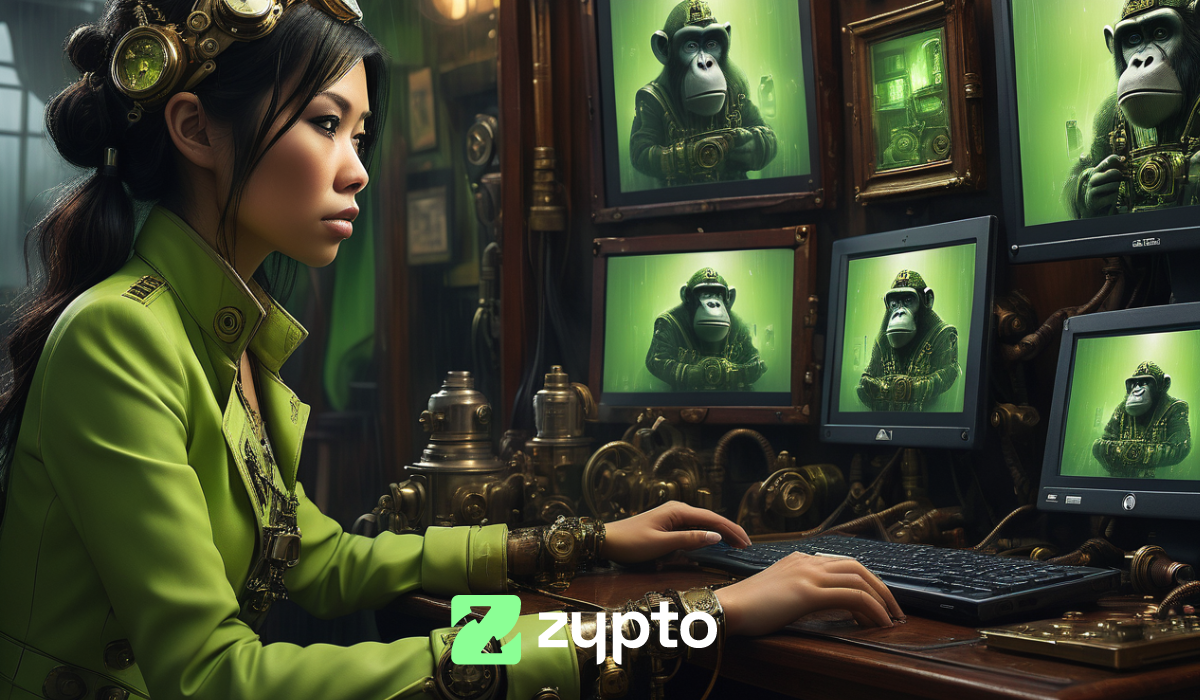




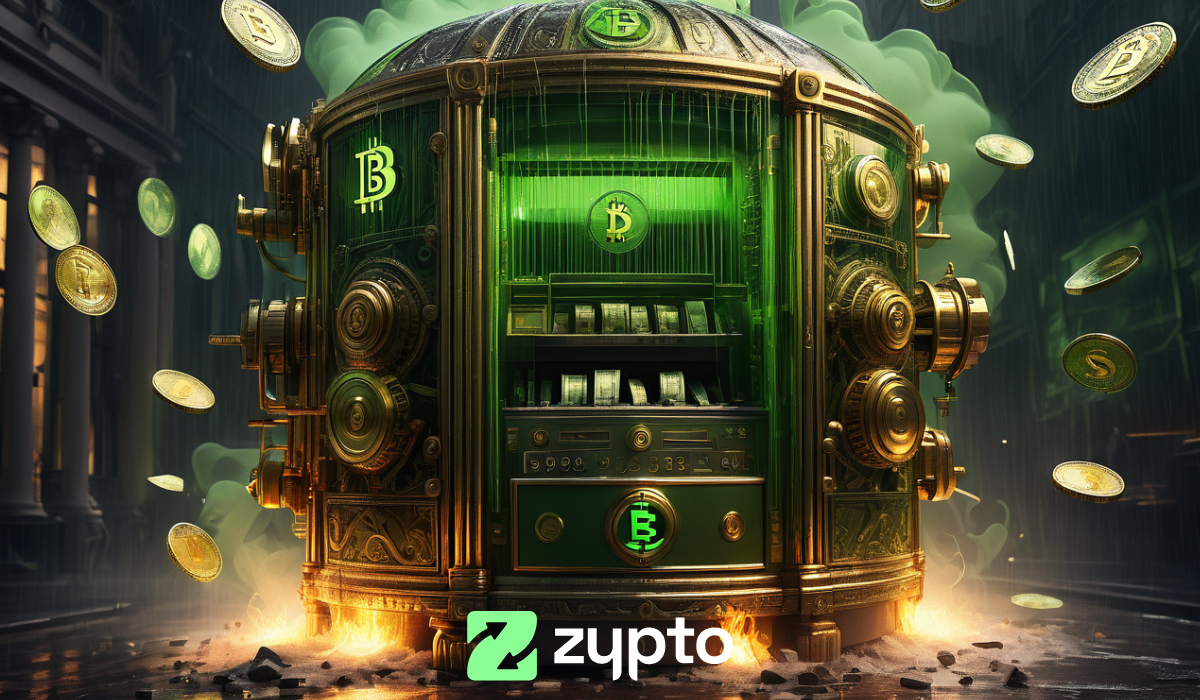
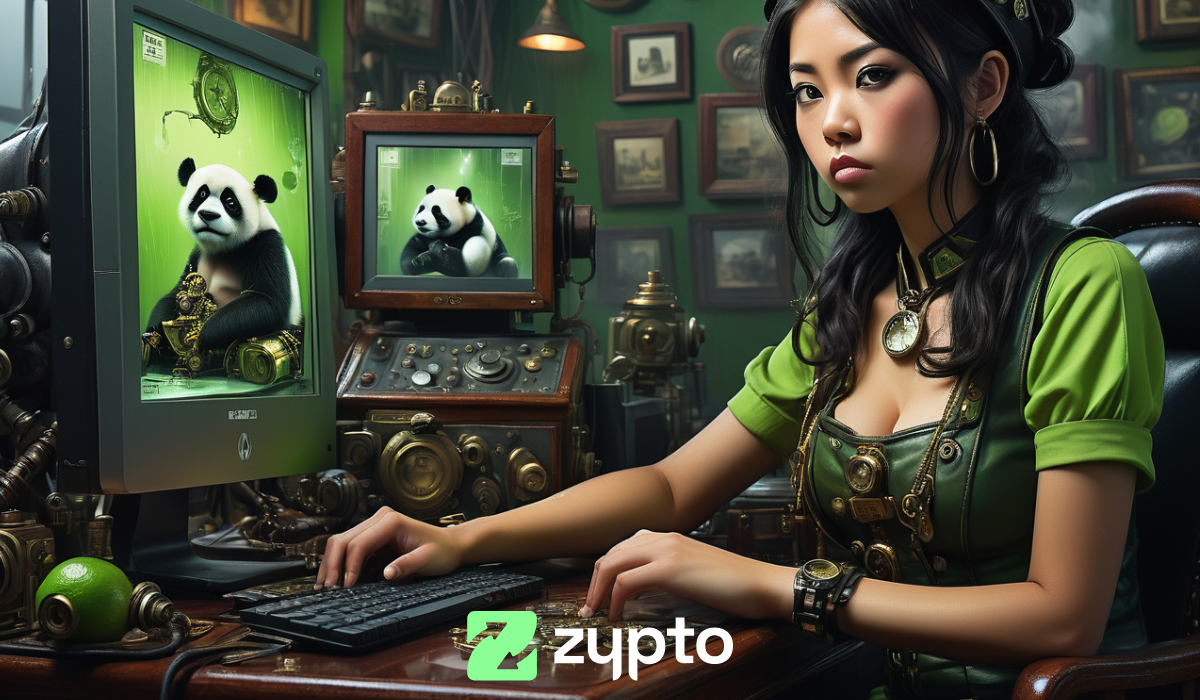
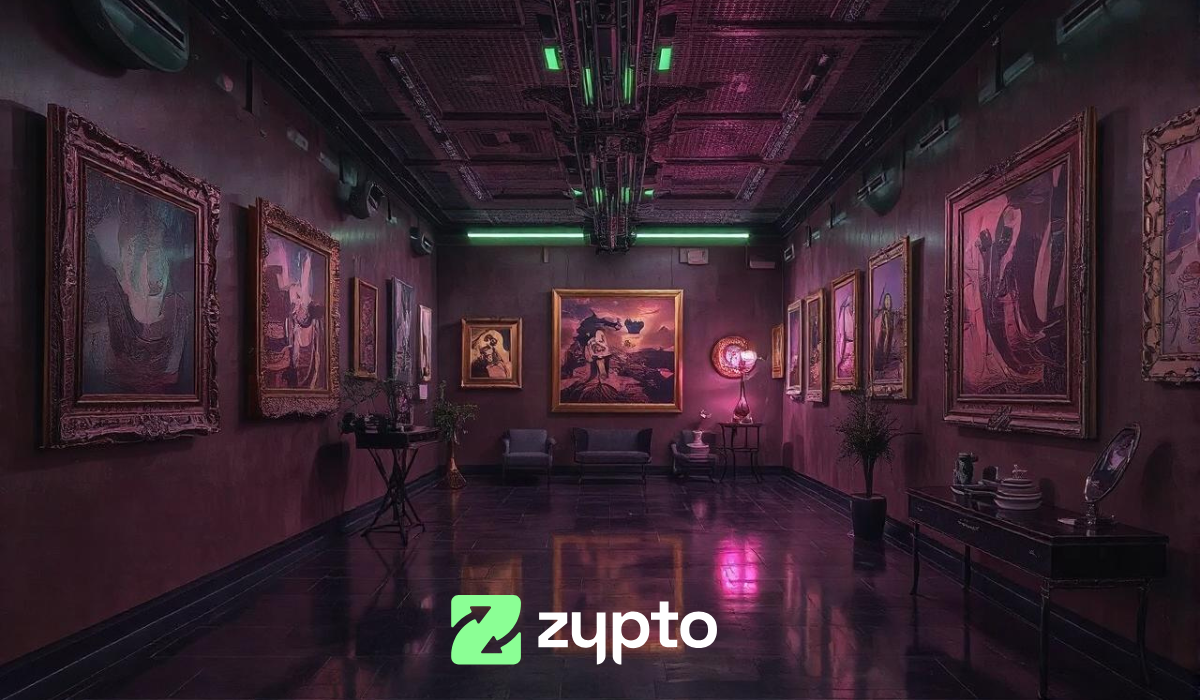
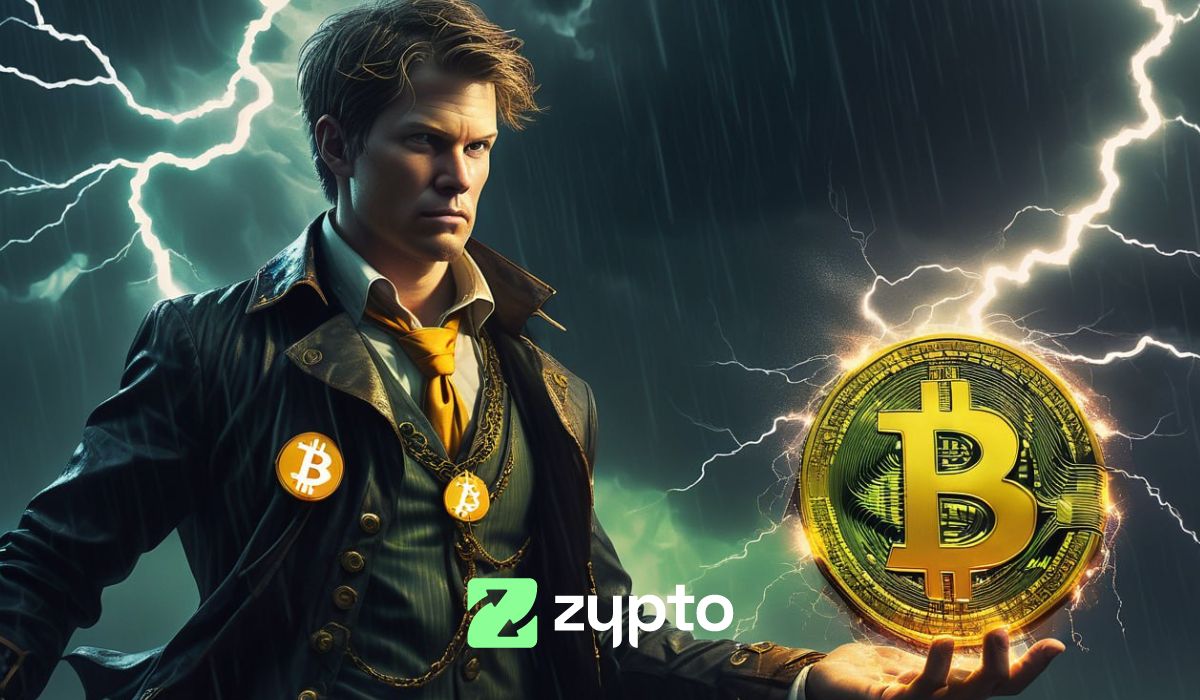
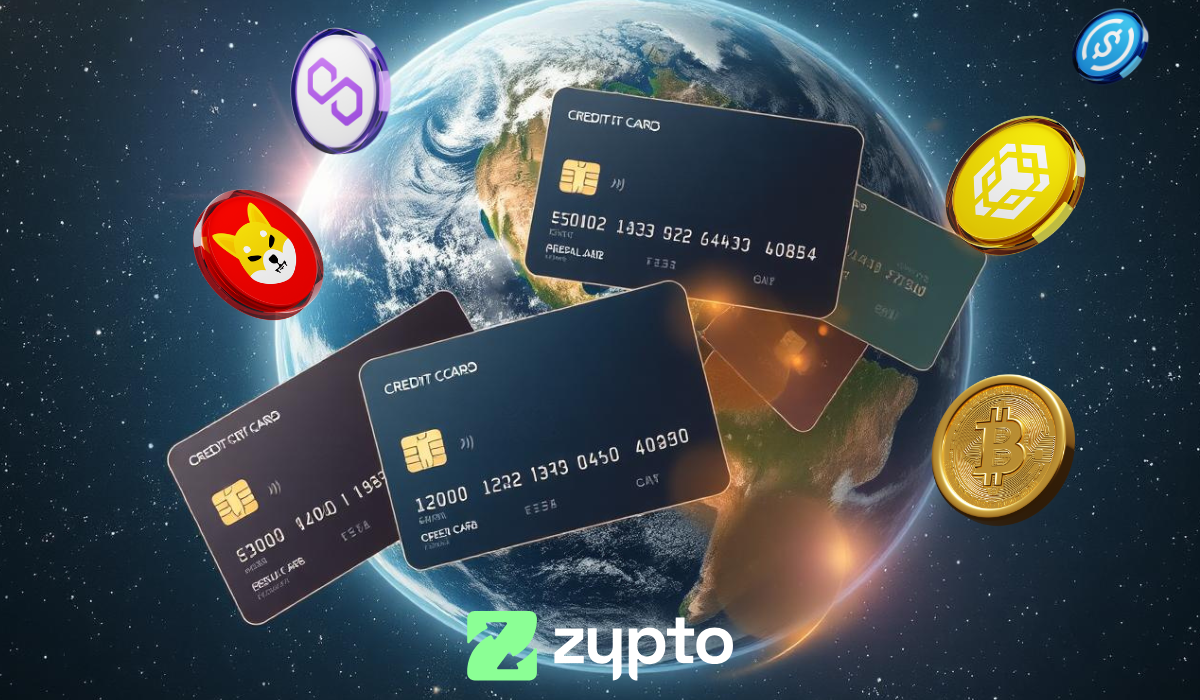
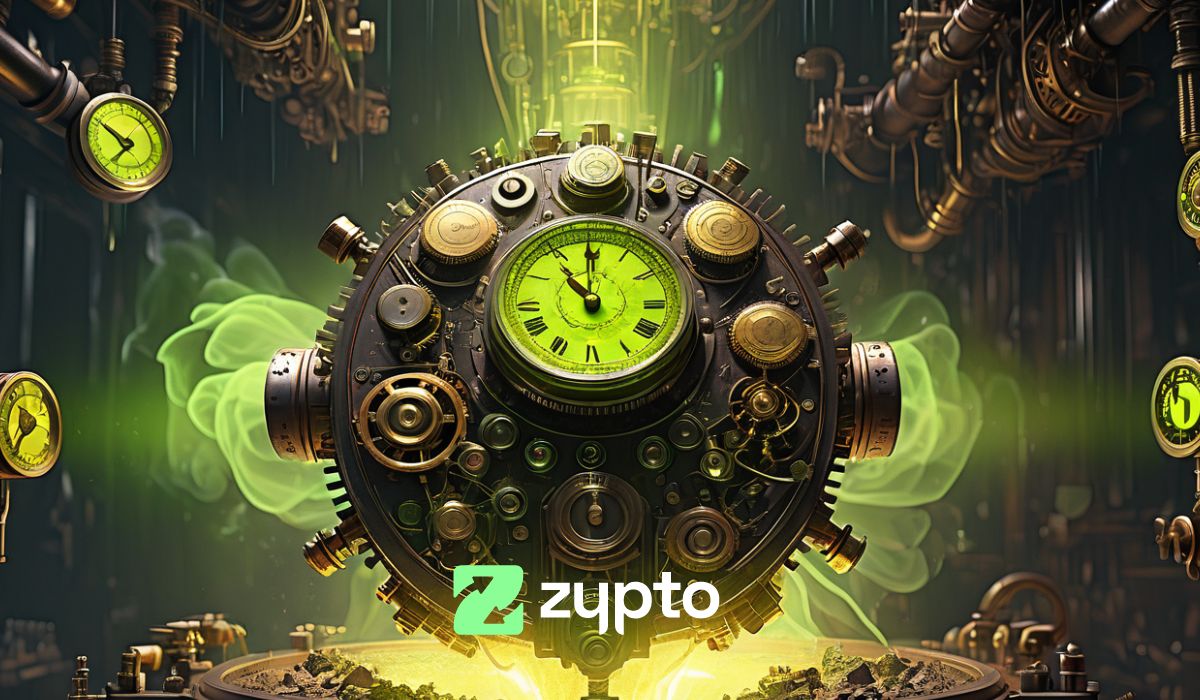
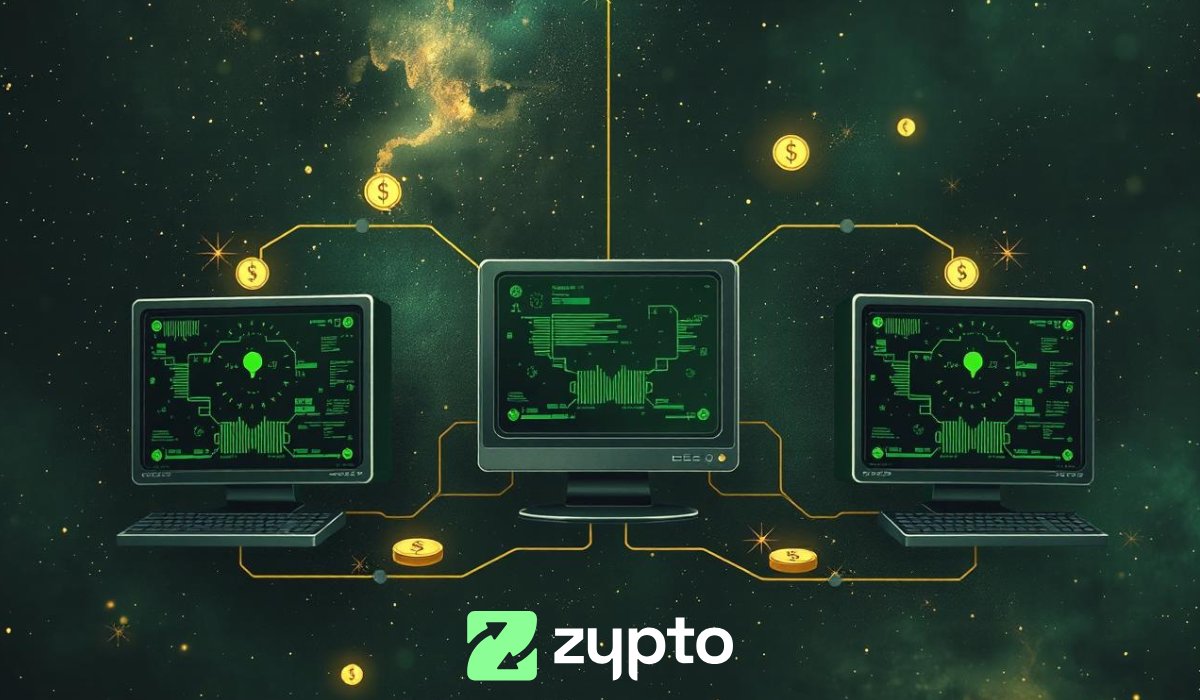
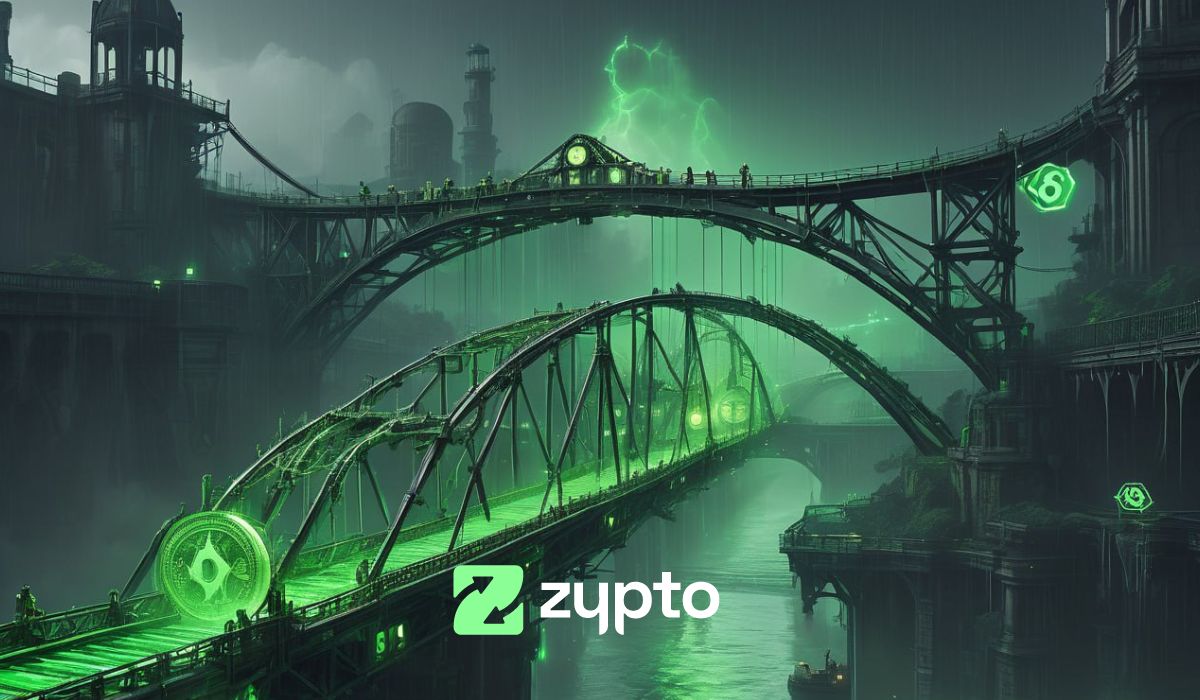

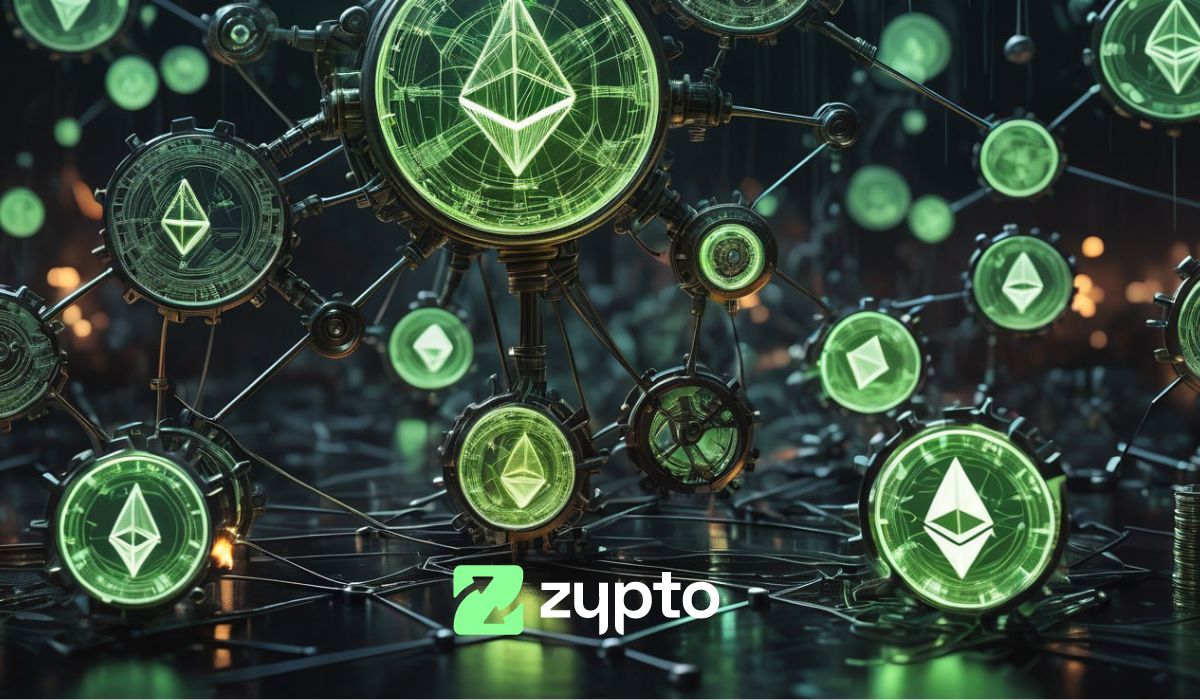
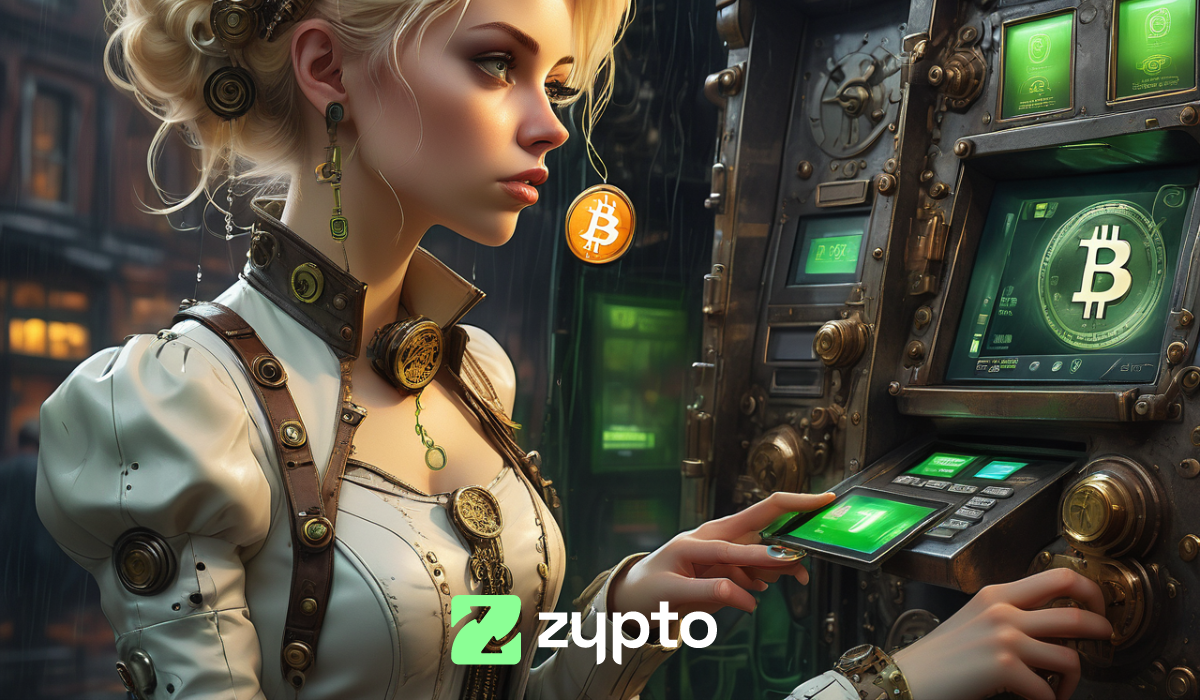
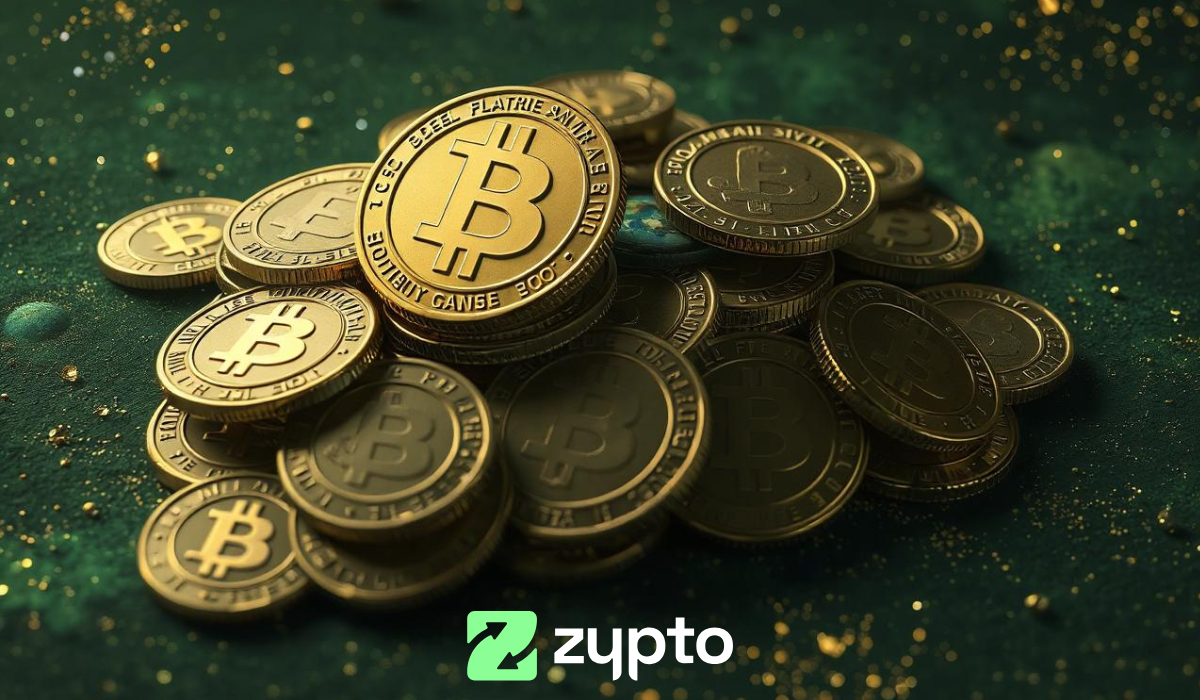
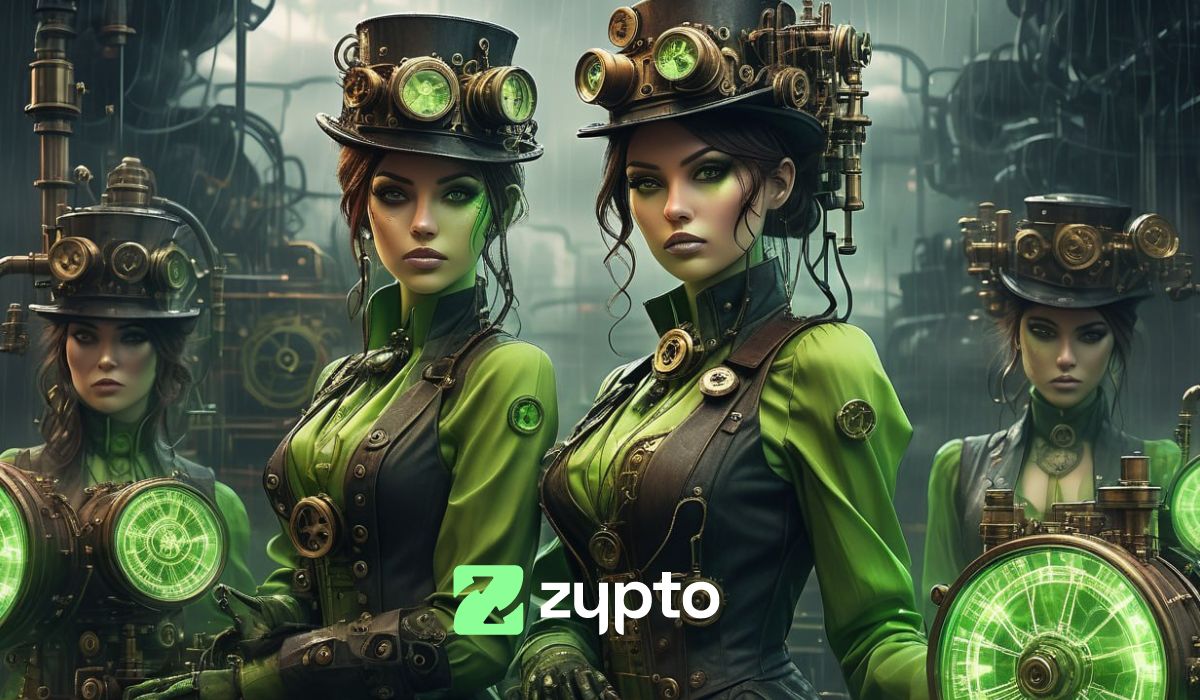
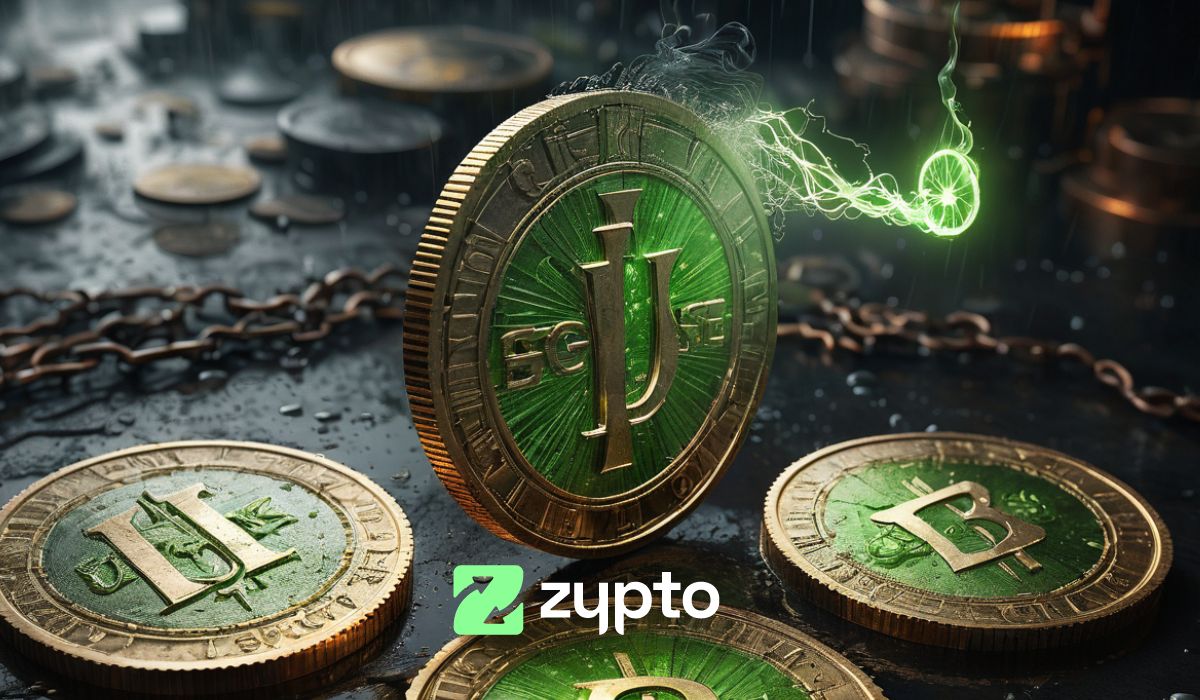
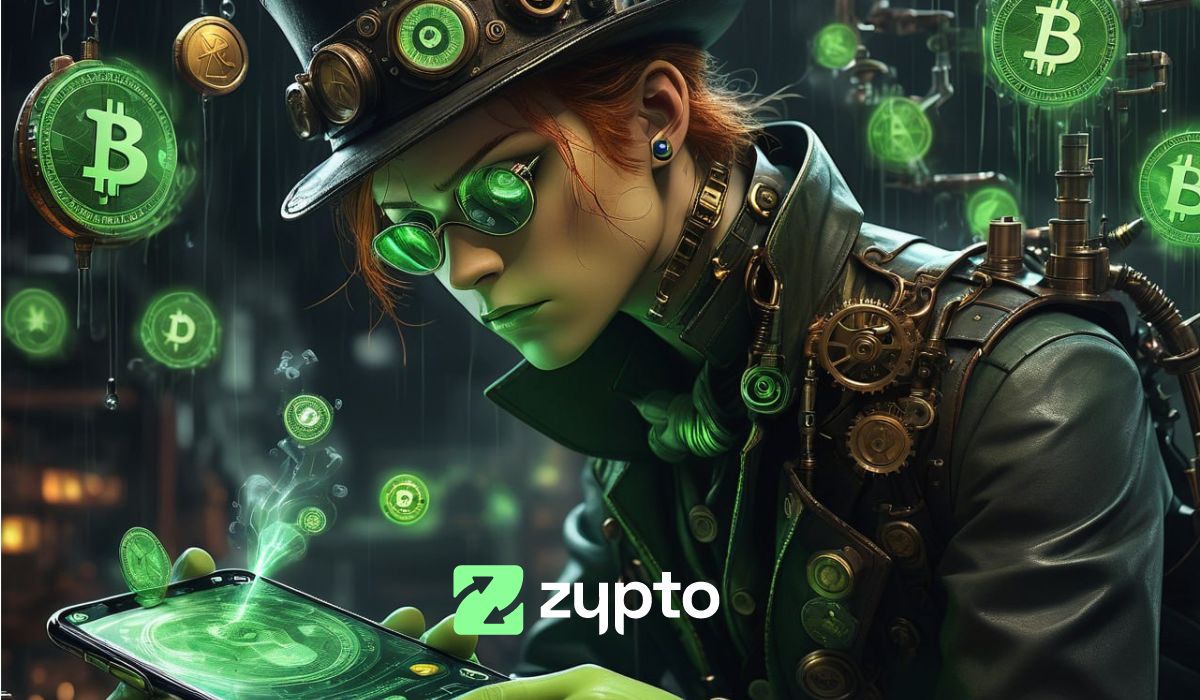
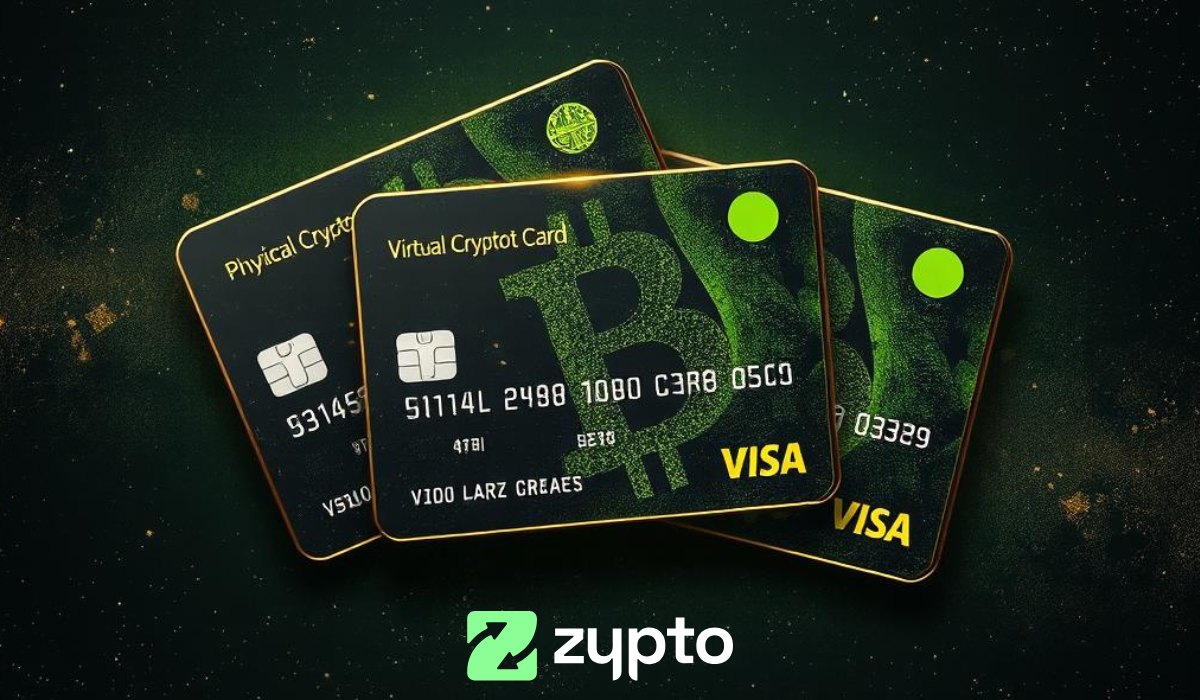

0 Comments